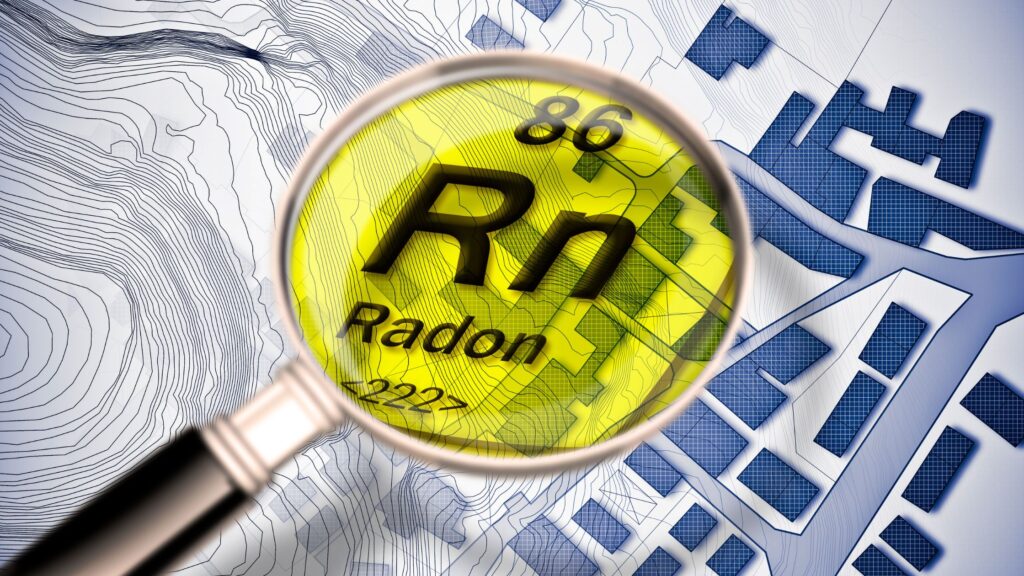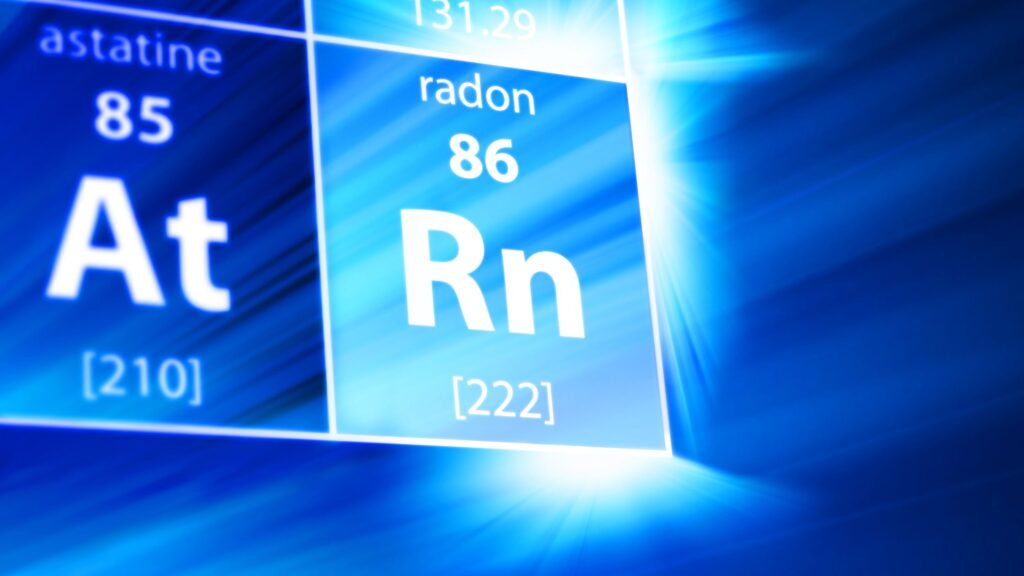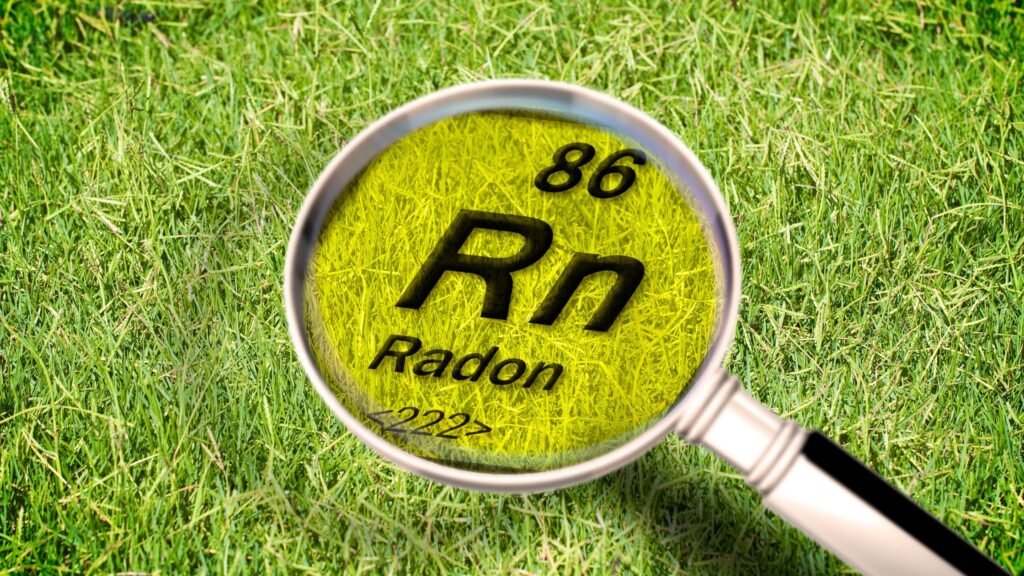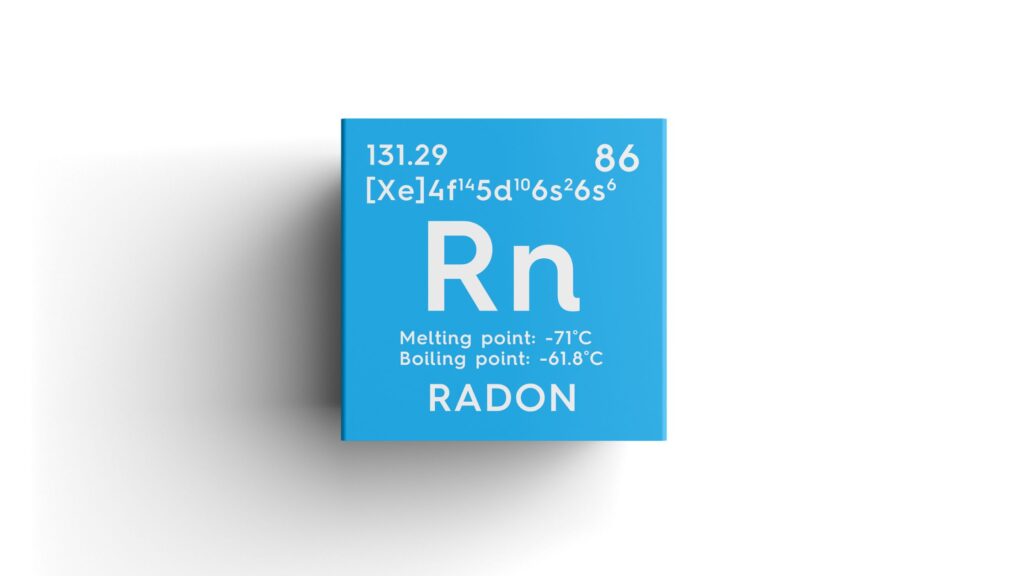Understanding the behavior of radon gas is critical for homeowners and property managers alike. Many ask: Is radon heavier than air? The straightforward answer is yes—radon is slightly heavier than air, but that doesn’t mean it always stays near the ground. Its movement depends on several environmental and structural factors that determine how it accumulates inside homes.
Radon behaves differently depending on the airflow patterns, pressure variations, and ventilation quality within a building. Even though it originates from the soil beneath foundations, it doesn’t simply sink and remain at the lowest level. Instead, it can circulate throughout living spaces, influenced by heating systems, fans, and temperature differences. This means that even upper floors can experience elevated radon levels under certain conditions.

What Radon Is and How It Behaves
Radon is a naturally occurring radioactive gas produced by the breakdown of uranium found in soil, rock, and groundwater. It’s colorless, odorless, and tasteless, making it impossible to detect without proper testing. While it’s slightly heavier than air, radon doesn’t remain trapped at ground level—it moves freely within indoor spaces due to natural air currents and pressure differences.
- Origin: Formed underground through the decay of uranium, radon seeps upward through soil and rock layers.
- Entry Points: It enters homes through foundation cracks, floor joints, sump pits, gaps around pipes, and unfinished crawlspaces.
- Movement Pattern: Despite being heavier than air, radon blends with indoor air and can spread to upper floors.
- Air Pressure Impact: Lower indoor air pressure compared to the ground pulls radon into homes (known as the stack effect).
- Accumulation Zones: It typically concentrates in basements and poorly ventilated rooms.
- Health Risk Factor: Prolonged exposure increases the risk of lung cancer, especially for non-smokers.
Understanding these behaviors helps homeowners recognize that radon is not confined to lower spaces—it circulates throughout the home, requiring comprehensive testing and professional mitigation. Learn more about What Is Radon?
Why the “Heavier Than Air” Question Matters
Many homeowners ask, “Is radon heavier than air?” because they want to understand how it behaves inside their homes. While radon is indeed denser than most air components, that fact alone doesn’t determine where it accumulates. Its behavior is affected by building conditions, airflow, and temperature changes—making the question more complex than it first appears.
- Misconceptions About Safety: Believing radon only settles at floor level can lead to under-testing and false security.
- Air Circulation Effects: Heating, cooling, and ventilation systems continuously move air, allowing radon to spread to upper levels.
- Stack Effect Influence: Warm indoor air rises and escapes through ceilings, pulling radon upward from the foundation.
- Testing Accuracy: Testing only in basements or crawlspaces may miss elevated levels in living areas where people spend more time.
- Health Implications: Misunderstanding radon’s movement increases the risk of prolonged exposure and related health hazards.
- Informed Mitigation: Knowing that radon mixes with air helps homeowners choose effective mitigation strategies, such as sub-slab systems and improved ventilation.
Understanding this concept ensures homeowners take comprehensive action—testing all areas and not relying on assumptions about where radon might collect.

Factors Influencing Radon Movement
Several conditions influence how radon enters and accumulates inside buildings, depending on the structure’s design, ventilation patterns, soil composition, and weather conditions around the property.
- Soil type and porosity: Loose, permeable soil allows radon to travel more easily.
- Foundation cracks: Gaps and unsealed joints act as entry points.
- Air pressure differences: Negative pressure draws radon upward into living spaces.
- Weather conditions: Wind, rain, and temperature changes alter radon flow.
- Ventilation systems: HVAC and exhaust fans redistribute radon across floors.
Understanding these factors helps homeowners identify where radon levels are most likely to rise and what mitigation methods will work best.
Practical Implications for Homeowners
Since radon is slightly heavier than air yet mixes freely, assuming it stays only in basements can be misleading. Here’s what every homeowner should do:
- Test all occupied levels of the home, especially during colder months.
- Use long-term radon test kits or hire certified testing professionals.
- If high levels are detected, install mitigation systems like sub-slab depressurization.
- Ensure proper sealing of floors and foundation cracks.
- Maintain ventilation and re-test regularly, especially after major renovations.
By combining regular testing with effective mitigation, you can drastically reduce radon exposure and improve indoor air safety.
Conclusion
While radon is technically heavier than air, it doesn’t simply stay at ground level—it moves and mixes throughout your home, influenced by airflow, pressure, and temperature changes. The safest approach is consistent testing, professional mitigation, and regular system checks to ensure lasting protection.
For trusted, certified solutions that protect your family’s health, rely on DSM Radon — your local expert in radon testing and mitigation across Iowa. Their experienced team uses advanced technology, precise testing methods, and long-term mitigation systems to ensure every home remains safe, compliant, and free from the silent dangers of radon exposure.

FAQs
1. Does radon always stay near the floor?
Not always. Radon can rise through air circulation, pressure changes, or HVAC systems, spreading throughout your home.
2. How can I tell if my home has radon?
Radon is invisible and odorless. The only reliable way to detect it is through professional testing or EPA-approved home test kits.
3. What level of radon is considered unsafe?
The EPA recommends taking action if levels reach or exceed 4.0 pCi/L. Lowering it further adds even more protection.
4. How does DSM Radon help reduce exposure?
DSM Radon provides certified testing, advanced mitigation systems, and long-term monitoring solutions designed to keep your home safe and compliant.





